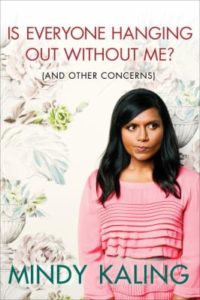 Books to Buoy You Through Your Quarter-Life Crisis
Books to Buoy You Through Your Quarter-Life Crisis
By Crystal Hicks, Adult Services Librarian
As we hear more and more about millennials, we often hear about the “quarter-life crisis,” a period in early adulthood marked by feelings of stress and inadequacy about finding success in careers, relationships, or personal life. According to a recent survey by LinkedIn, 75% of millennials say they have experienced a quarter-life crisis; as a millennial myself, this statistic rings true. I experienced my own seven years ago (which led me to librarianship), my husband wrapped his up within the last year, and many of my friends have struggled with how to succeed as adults. Fortunately, there are books for everything, including quarter-life crises. If you are a millennial or know of someone going through their own crisis, these books can help.
By far the biggest stressor for millennials is finding the right job, so why not check out Richard N. Bolles’s classic What Color Is Your Parachute? Bolles updates this tome regularly, so you can look at the 2018 edition and find information about how the internet affects the job hunt and how to succeed in the current job market. Better yet, Bolles goes beyond job hunting and helps you figure out who you are, what you want from life, and the best way to go after it. If you’re just as confused about what career to pursue as you were before college, give this book a look.
If you’re in further need of guidance, the library has plenty of advice books out there. You might be interested in Adulting by Kelly Williams Brown, which gives advice about the many, many aspects of being a successful adult. Welcome to Your Crisis by Laura Day focuses on how to use your current crisis as a catalyst to figure out what you want in life and move towards it. For help with awakening your creative side, try Elizabeth Gilbert’s Big Magic, which encourages readers to approach life fearlessly in order to open themselves up to their intuition and creativity. Lastly, for a good all-around advice book, read Cheryl Strayed’s Tiny Beautiful Things, a compilation of her Dear Sugar advice columns. Strayed practices radical empathy in answering her letters, accepting everyone and finding absolute value in their lives and emotions, all while dealing out hard-hitting truths.
Memoirs offer a more personal touch than traditional advice books, as you can follow along with the authors as they rise to the challenges of their lives. For a look inside a real quarter-life crisis, try Noelle Hancock’s My Year with Eleanor. After being fired from her job, Hancock decided to follow Eleanor Roosevelt’s advice to “Do one thing every day that scares you” in order to work her way out of her rut. Mindy Kaling’s memoir Is Everyone Hanging Out Without Me? contains Kaling’s often-hilarious thoughts about all kinds of things relevant to millennials, from her career struggles to romance and body image. Finally, Jenny Lawson’s Let’s Pretend This Never Happened is an irreverent, shoot-milk-out-your-nose-funny memoir that will remind you that you’re not alone in having a crazy life. And trust me: when compared to Lawson’s stories, your life’s definitely not that crazy.
If fiction is more your speed than nonfiction, rest assured that we also have novels that can help you feel less alone in your quarter-life crisis. Jhumpa Lahiri’s The Namesake follows Gogol Ganguli, a first-generation Indian-American, as he grapples with the weight of his namesake (a titan of Russian literature) and the burden of his parents’ expectations. Jennifer Close writes about a circle of best friends in Girls in White Dresses, following them through their twenties and thirties as they face their own quarter-life crises and build their adult lives. For a wider perspective on the struggles of adulthood, read The Casual Vacancy by J.K. Rowling, a Dickensian novel about the secrets and shames of the residents of Pagford. Rowling’s novel serves as a welcome reminder that, no matter what class or age group someone is from, everyone is living behind a façade of some sort in order to project success to the world at large.
Hopefully, these books can give you or a millennial you know some comfort while working through a quarter-life crisis. Even if you’re not experiencing a life crisis, the library has plenty of books to interest everyone. Stop by the Reference Desk for some recommendations, or just browse until something piques your interest.


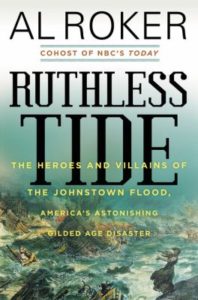 Ruthless Tide: Recalling the Johnstown Flood
Ruthless Tide: Recalling the Johnstown Flood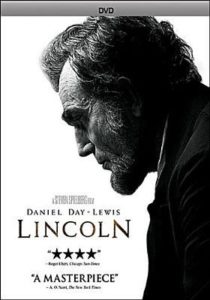 Patriotic Films for July 4
Patriotic Films for July 4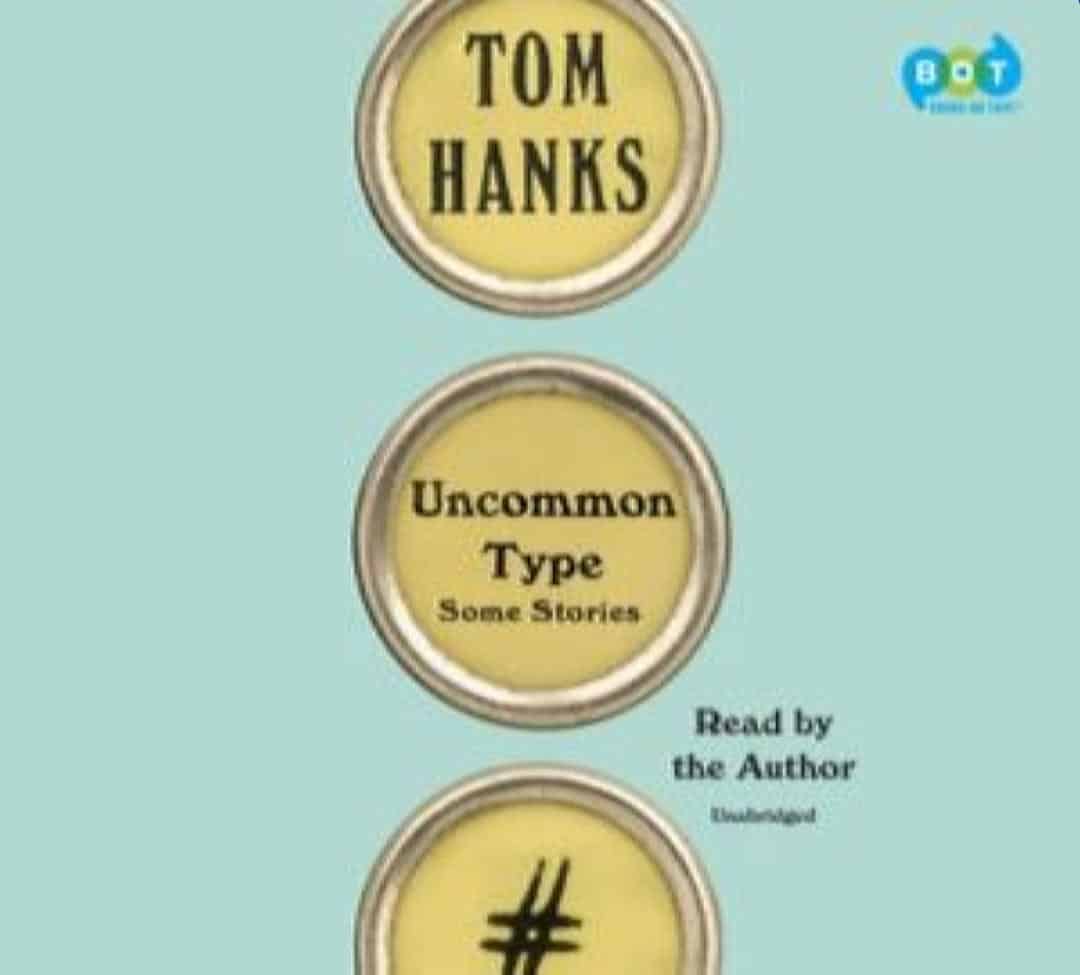 NoveList Plus and Summer Reading
NoveList Plus and Summer Reading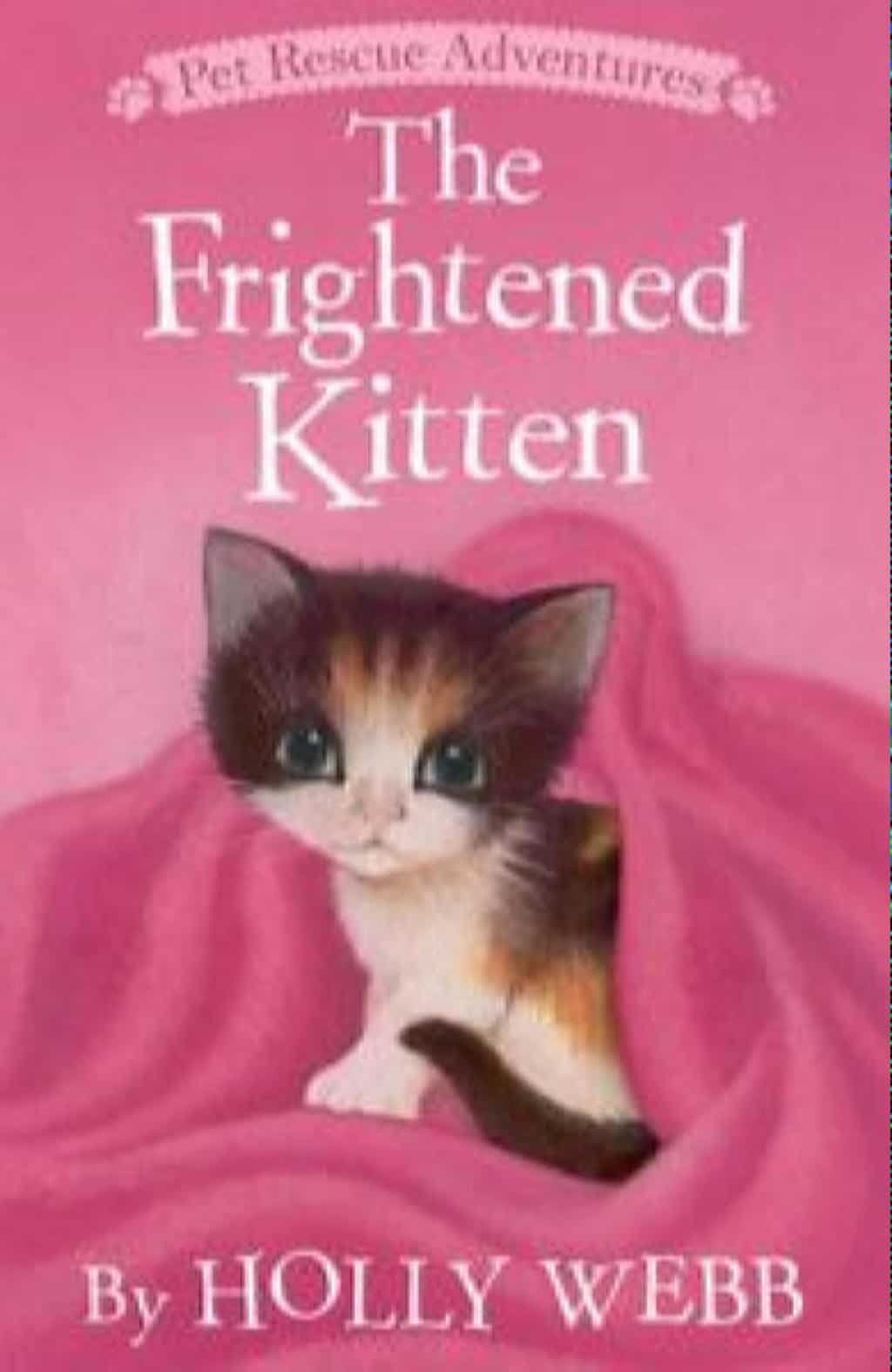 Life After The Magic Tree House
Life After The Magic Tree House